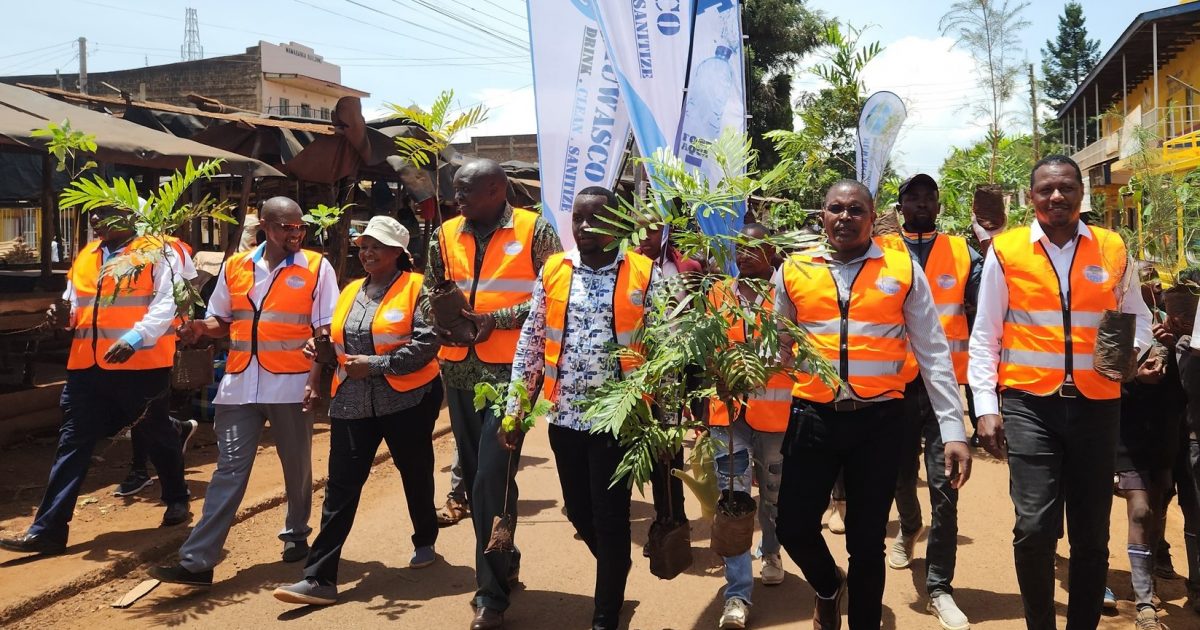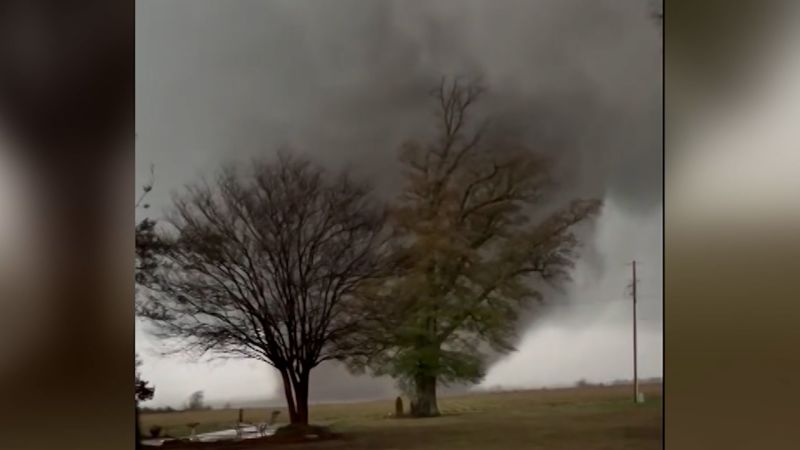
FILE - Heavy rains from Hurricane Helene caused record flooding and damage on September 28, 2024 in Asheville, North Carolina. (Photo by Melissa Sue Gerrits/Getty Images) A "100-year flood" means a 1% chance of that level of flooding happening each year. Houston saw three 500-year flood events within three years from 2015 to 2017, including Hurricane Harvey.
Climate change is increasing the frequency and severity of these extreme weather events, experts say. LOS ANGELES - When severe flooding hits, forecasters often warn residents about so-called "100-year" or "500-year" floods. These terms might sound like something that happens once every century or even less frequently—but that's not exactly right.

Forecasters and scientists use these terms to describe statistical odds, helping communities grasp the likelihood and intensity of flooding. But despite their labels, these floods can—and increasingly do—occur far more frequently than their names imply, due in part to climate change altering weather patterns worldwide. What we know: The terms "100-year flood" or "500-year flood" refer to the statistical likelihood of a particular level of flooding happening in any given year.
A "100-year flood" has a 1% chance (1 in 100) of occurring in a single year, while a "500-year flood" has just a 0.2% chance (1 in 500). The U.
S. Geological Survey notes these percentages help convey the risk clearly, compared to older terms like "recurrence intervals," which suggest a flood happens predictably every certain number of years. Statistically, it's similar to rolling dice—getting rare outcomes, like double sixes multiple times in a row, can happen even though the odds are slim.
Forecasters might also call these floods "once-in-a-generation" or "once-in-a-lifetime" events. Such phrases communicate that these floods exceed what most people have ever experienced personally. The backstory: In recent years, floods once labeled "rare" have become alarmingly frequent.
For example, Houston, Texas experienced three separate 500-year floods from 2015 through 2017—including Hurricane Harvey, the heaviest rainfall ever recorded in the U.S. That event flooded thousands of homes, destroyed businesses, and swept away vehicles.
Scientists attribute this increase to climate change, driven primarily by human-generated greenhouse gases such as carbon dioxide and methane. As these gases warm the atmosphere, air can hold more moisture. For each 1-degree Fahrenheit temperature increase, air holds roughly 4% more water vapor (7% per degree Celsius), according to Victor Gensini, professor of atmospheric sciences at Northern Illinois University, who recently spoke with the Associated Press.
FOX 35 meteorologist Brooks Garner explains how hurricane Helene’s landfall in Florida led to catastrophic flooding in North Carolina’s Appalachian Mountains. He breaks down the massive transport of water vapor from the tropics, the role of the upslope effect in the Blue Ridge Mountains, and why this storm was so destructive in areas far from the coast. Gensini noted a clear shift over the last three decades: "We’ve absolutely seen a shift in the probability distribution of heavy rainfall.
" What we don't know: While scientists can calculate the statistical likelihood of floods, nature remains inherently unpredictable. Factors like local weather conditions, seasonal changes, and larger phenomena like El Niño significantly influence rainfall patterns. Precisely predicting exactly when and where these extreme floods will strike remains difficult.
It's unclear how rapidly and dramatically these probabilities will shift with continuing climate change. Researchers are still studying how quickly and significantly these events may increase or evolve in coming decades. Big picture view: Flooding isn't the only climate-driven extreme event becoming more frequent.
According to NASA, droughts and intense precipitation events are occurring more regularly and with greater severity. These phenomena go hand-in-hand with global warming, creating sharp contrasts between wet and dry extremes. In some regions, the same areas that experience destructive floods may later face devastating drought conditions.
This variability makes preparing for extremes increasingly challenging for planners, policymakers, and the public alike. What you can do: Given the changing nature of flood risks, communities and individuals should take proactive steps, including: Checking FEMA flood maps and assessing home insurance coverage regularly. Preparing emergency kits and evacuation plans, especially in flood-prone regions.
Staying informed through local weather alerts and warnings from official sources. The Source: This article is based on reporting from the Associated Press and information provided by the U.S.
Geological Survey (USGS), National Oceanic and Atmospheric Administration (NOAA), NASA, and expert insights from Victor Gensini, professor of atmospheric sciences at Northern Illinois University..















